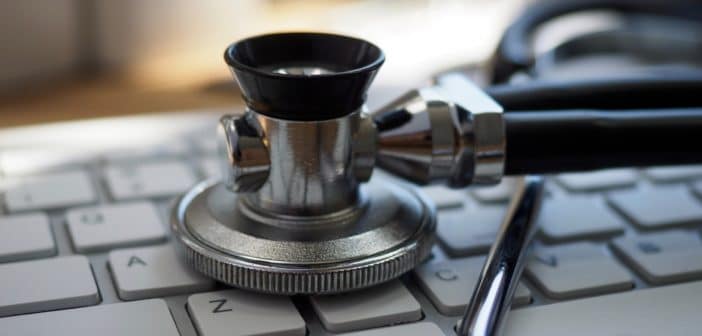 For centuries, addiction treatment focused on building up a person’s moral strength, equipping them to just say no to the substance they were abusing. Even 12-step programs, which have helped millions of people achieve and maintain sobriety, rely on age-old concepts like fellowship and personal accountability.
For centuries, addiction treatment focused on building up a person’s moral strength, equipping them to just say no to the substance they were abusing. Even 12-step programs, which have helped millions of people achieve and maintain sobriety, rely on age-old concepts like fellowship and personal accountability.
While these qualities are essential for sobriety, treatment centers can now also rely on a variety of scientific, technological and holistic health advancements to help people get and stay sober, says Christopher Yiannakou, the director of Serenity Health and Substance Misuse, a UK organization that operates treatment centers and connects patients with private rehab clinics and alcohol detox in and around London.
Serenity Health utilizes a variety of approaches to assist clients both while they are getting treatment and after they return home, and uses rehab case studies to understand how patients fare under each type of treatment.
“I like to research into the old healings from tribes and early yogic healings and combine that with technology,” Yiannakou says. “Using more modalities helps people find one that works well for them, and with technology it is easy to gather data and show outcomes.”
Having scientific information on hand also helps the staff at Serenity Health to answer the most frequently-asked questions about addiction. Here are three of the approaches that Serenity uses to help clients get and stay sober:
EMDR Computer Aided Recovery
EMDR, Eye Movement Desensitization and Reprocessing, is a type of therapy that is very effective at treating trauma. EMDR has become a popular therapeutic approach because studies show that is can quickly produce positive changes for patients. Many patients with substance use disorder are self-medicating for past trauma, so EMDR often overlaps with addiction treatment, allowing people to address the root cause of their substance use.
EMDR itself is a great scientific advance in treating addiction. However, today technology can make administering this therapy easier, by using computers to guide clinicians. One program is EMDR-Aid, which helps clinicians measure how their patients are responding to treatment, and helps patients control how they are exposed to stimuli.
Vibroacoustic Therapy
Music has been used for healing for millennia. Even people who don’t suffer from clinical symptoms know that putting on a great song can improve their mood and put a smile on their face. However, music can also affect a person’s physical state, and this is the idea behind vibroacoustic therapy.
It’s believed that vibroacoustic therapy can help soothe or stimulate the energy in someone’s body. This happens at the cellular level, where the body is constantly in motion. During the therapy sounds are applied directly to the body in order to help facilitate healing through vibrations. The advantages of this approach were fist seen for treating physical conditions, including symptoms of cerebral palsy, pain and Parkinson’s disease.
However, it’s not believed that vibroacoustic therapy can be utilized in addiction recovery. By helping patients address their anxiety and self-harming tendencies, this therapy can improve outcomes by helping patients be more mindful during their treatment for addiction.
HeartMath
Many doctors used to think that the mind and body were separate, but now it’s well accepted that emotional turmoil can effect bodily functions and vice versa. HeartMath aims to quantify that connection. Clients can use HeartMath to monitor their vital signs like their heart rate and can see how their physical systems calm and stabilize as they work through their recovery program. Seeing the real progress toward overall wellness can help clients feel more in control of their health.
Get more information on Serenity Health on their website or on Twitter
Sponsored DISCLAIMER: This is a paid advertisement for California Behavioral Health, LLC, a CA licensed substance abuse treatment provider and not a service provided by The Fix. Calls to this number are answered by CBH, free and without obligation to the consumer. No one who answers the call receives a fee based upon the consumer’s choice to enter treatment. For additional info on other treatment providers and options visit www.samhsa.gov.




